Hermitage 1914 Cognac – The Ladies Vintage
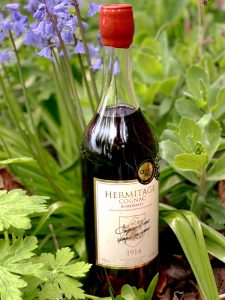 We were fascinated to read an interview with Bénédicte Hardy in ‘Frenchly’. Bénédicte is the fifth generation to be involved with the House of Hardy cognacs, although much of her time has been spent working in the US.
We were fascinated to read an interview with Bénédicte Hardy in ‘Frenchly’. Bénédicte is the fifth generation to be involved with the House of Hardy cognacs, although much of her time has been spent working in the US.
Entitled ‘Cognac’s return to Grace’, she describes the rich history of cognac and how in recent years, cognac has evolved into a symbol of both ‘rap stardom’ and ‘highbrow mixology’. Here at Hermitage, it is that history that we aim to bottle and so a summary follows:
In the 17th century, it was English, Irish, and Dutch négociants who really put cognac on the map as they had realised what an amazing resource the river Charente was for shipping their products worldwide. During the subsequent centuries, cognacs’ fortunes hit highs and lows, but always survived. The French Phylloxera crisis, for example, was eventually solved by turning to American root stock. Even two World Wars did not ruin the industry. During World War I, while men were conscripted, women were left to manage the vineyards and distillation by themselves. The work of these women became so significant that eaux-de-vie produced in 1914 is now known as part of the Ladies Vintage. And during World War II, while Nazi soldiers ransacked Champagne for all it was worth, a Cognac local, of German origin, Lieutenant Gustav Klaebisch, took it upon himself to protect the cognac cellars and vineyards from being pillaged.
Hermitage stocks cognac vintages harvested during both World Wars, but we are particularly proud of our Ladies Vintage, produced in 1914. A Masters Award winner, unsurprisingly, only a few bottles remain.

 It is with great pleasure and excitement that we introduce to you Alex Johnson, our new National Accounts Manager. Alex will be responsible for building our already successful
It is with great pleasure and excitement that we introduce to you Alex Johnson, our new National Accounts Manager. Alex will be responsible for building our already successful 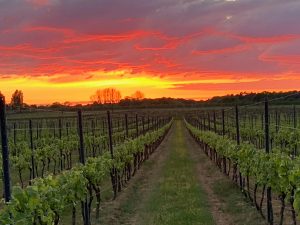 Around this time of the year (Summer 2020) we are anxiously looking at the weather to try and determine if we are going to have a good grape harvest in September. The vines are flowering well and every indication is that we will have a bumper harvest. But where are we going to store all the new cognacs when they are distilled? There is simply not enough room this year as coronavirus has dramatically reduced sales by the big houses. In an industry where America alone can take over a million cases a year, world sales so far in 2020 seem to have virtually halted, with a measly 1.5 – 2 million cases sold in the first quarter. According to one of our friends in Cognac, contract sales by the big houses have, over the years, spiralled up to around 90% of their output. This has enabled the large companies to place contract orders with producers for young cognacs which they buy and store in their own cellars. It now seems likely that some of the big names will have to renege on their contracts with the growers and producers due to lack of storage space. However, every cloud has a silver lining. The smaller,
Around this time of the year (Summer 2020) we are anxiously looking at the weather to try and determine if we are going to have a good grape harvest in September. The vines are flowering well and every indication is that we will have a bumper harvest. But where are we going to store all the new cognacs when they are distilled? There is simply not enough room this year as coronavirus has dramatically reduced sales by the big houses. In an industry where America alone can take over a million cases a year, world sales so far in 2020 seem to have virtually halted, with a measly 1.5 – 2 million cases sold in the first quarter. According to one of our friends in Cognac, contract sales by the big houses have, over the years, spiralled up to around 90% of their output. This has enabled the large companies to place contract orders with producers for young cognacs which they buy and store in their own cellars. It now seems likely that some of the big names will have to renege on their contracts with the growers and producers due to lack of storage space. However, every cloud has a silver lining. The smaller, 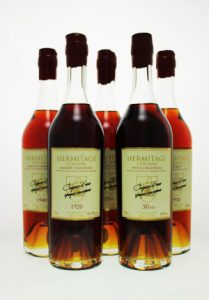 After the festivities of Christmas and New Year’s Eve it is time to look to the year ahead, 2020.
After the festivities of Christmas and New Year’s Eve it is time to look to the year ahead, 2020.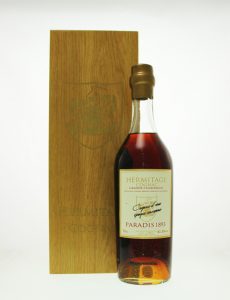 This year we have had an amazing number of new
This year we have had an amazing number of new 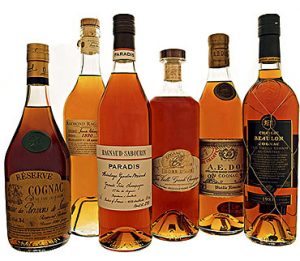 There are all manner of cognac classifications found on bottle labels, but what do they actually mean? Most of the generic terms below describe cognacs made by blending hundreds, or even thousands, of cognacs together to produce a vast quantity of a homogenous product for sale on supermarket shelves. As demand increases younger and younger cognacs are used in these blends so sugar syrup and caramel colouring are added to obscure the fieriness on the tongue and lack of appealing colour.
There are all manner of cognac classifications found on bottle labels, but what do they actually mean? Most of the generic terms below describe cognacs made by blending hundreds, or even thousands, of cognacs together to produce a vast quantity of a homogenous product for sale on supermarket shelves. As demand increases younger and younger cognacs are used in these blends so sugar syrup and caramel colouring are added to obscure the fieriness on the tongue and lack of appealing colour.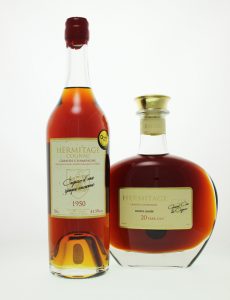 Cognacs with
Cognacs with